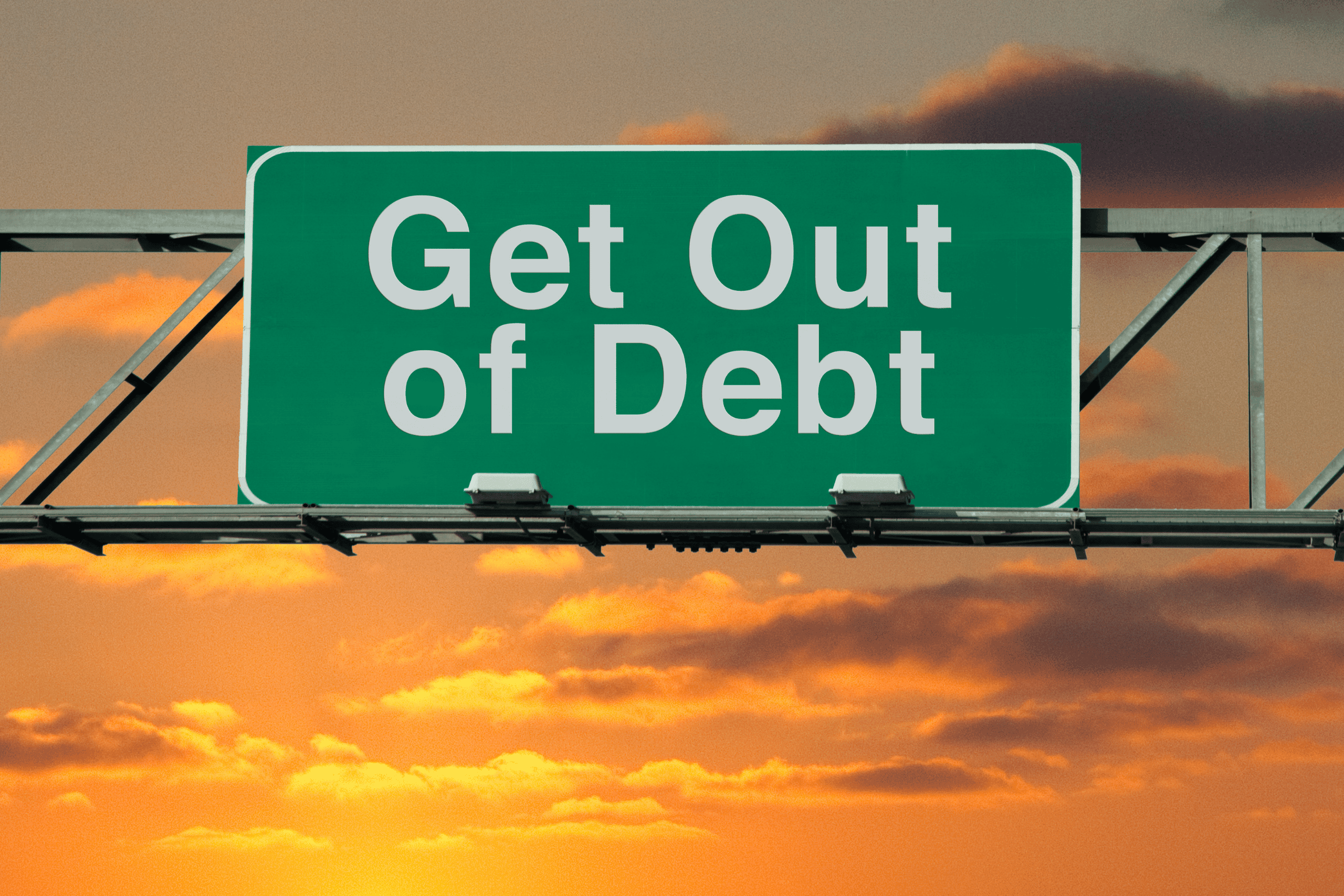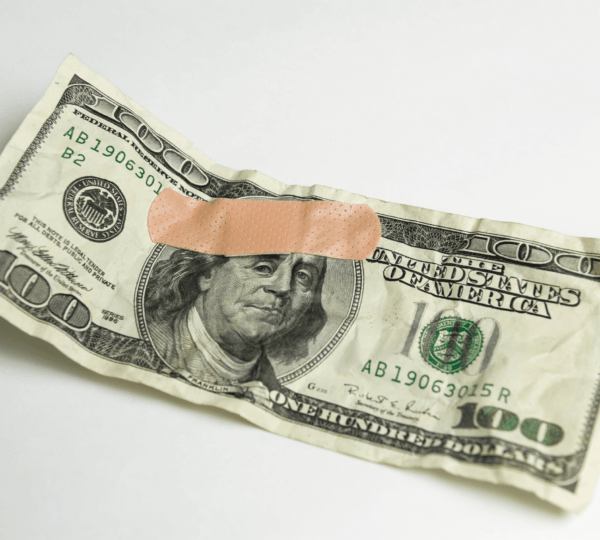
How to Get Out of Debt in 2025: Actionable Steps to Take Control of Your Finances
Let me begin with the story of the tortoise and the birds—a story I heard countless times growing up. The tortoise wanted to join a feast in the sky, but he couldn’t fly like the birds. So, he came up with a plan: he asked each bird to lend him a feather so he could create wings and fly to the celebration. The birds, trusting him, generously agreed. However, when they reached the feast, the tortoise selfishly claimed all the food for himself, leaving the birds hungry and betrayed. Furious, the birds took back their feathers, and the tortoise, now unable to fly, fell back to earth—a hard lesson in greed and broken trust.
This story resonates with the way debt can weigh us down when mismanaged. Borrowing—whether it’s money, resources, or trust—comes with responsibilities, and failing to handle it wisely can lead to tough consequences. As we enter a new year, many of us are thinking about improving our lives, especially our finances. If you’re among those struggling with debt, the new year is a great opportunity to take control of your financial future and begin your journey toward becoming debt-free.
In 2025, tackling debt requires more than vague promises to “save more” or “spend less.” It’s about creating a clear plan, taking actionable steps, and staying committed to your goals. Like the tortoise needed a plan to reach the feast, you need a strategy to regain control of your finances. In this blog post, we’ll outline practical and proven steps to help you reduce debt, rebuild your financial health, and set yourself on the path to a debt-free future.
Understanding the root causes of your debt.
- Impulsive Spending: Unplanned purchases and excessive spending can quickly lead to debt.
- Lifestyle Inflation: As your income increases, so does your spending.
- Emergency Expenses: Unexpected medical bills, car repairs, or job loss can strain your finances.
- High-Interest Debt: Credit card debt with exorbitant interest rates can snowball quickly.
Why Getting Out of Debt in 2025 Should Be a Priority
According to a 2023 study by CNBC, the average American household carries over $90,000 in debt, including mortgages, credit cards, and student loans. This statistic highlights just how pervasive debt is in today’s society. With rising interest rates and inflation, managing debt has never been more critical.
Here are some key reasons why getting out of debt should be at the top of your financial goals for 2025:
- Interest is Costly: The longer you carry debt, the more you end up paying in interest. Credit card interest rates, for example, can be as high as 20% or more, making it difficult to make any progress on your principal balance.
- Increased Financial Freedom: Reducing or eliminating your debt will free up cash flow that you can put toward savings, investments, or other financial goals.
- Improved Mental and Emotional Health: Debt can be a significant source of stress. A study by the American Psychological Association revealed that financial concerns are one of the leading causes of stress in the U.S., and getting out of debt can relieve that burden.
- Better Credit Score: Paying down debt is one of the quickest ways to improve your credit score, which in turn can lower your interest rates on future loans and help you achieve long-term financial success.
How to Get Out of Debt in the New Year
Step 1: Assess Your Current Financial Situation
Before diving into strategies to pay off your debt, it’s essential to understand exactly where you stand financially. You need a clear picture of your total debt, income, and monthly expenses to create a plan that works.
Actionable Steps:
- List All Debts: Make a list of all your debts, including credit card balances, personal loans, student loans, and mortgages. Include the total amount owed, minimum monthly payments, and interest rates.
- Calculate Monthly Income and Expenses: Document your total monthly income after taxes, followed by a detailed breakdown of your expenses. Use tools like Mint or YNAB (You Need a Budget) to categorize and track your spending.
- Identify Spending Leaks: Analyze where you can reduce discretionary spending, such as eating out, subscriptions, or impulse buys. Cutting back in these areas will give you more money to allocate toward paying down debt.
By completing this step, you will have a better understanding of how much you owe and where your money is going, setting the stage for your debt reduction strategy.
Step 2: Create a Debt Payoff Plan
Once you know the full extent of your debt, it’s time to develop a plan to tackle it. Financial experts agree that creating a systematic approach is the key to success. Two of the most popular methods are the Debt Snowball Method and the Debt Avalanche Method.
- Debt Snowball Method
This method, popularized by Dave Ramsey, suggests paying off your smallest debt first while making minimum payments on all others. Once the smallest debt is paid off, you move on to the next smallest debt, and so on. The idea is that paying off smaller debts quickly gives you momentum and motivates you to continue.
- Debt Avalanche Method
The Debt Avalanche Method involves paying off your highest-interest debt first, which will save you money on interest in the long run. Once the highest-interest debt is paid off, you move on to the next highest-interest debt.
Both methods are effective, but your choice should depend on your personal preferences and financial goals. If you need quick motivation, the Debt Snowball might be the better choice. If you prefer long-term savings, the Debt Avalanche Method is likely the better option.
Step 3: Cut Back and Increase Your Income
To get out of debt faster, you may need to adjust your spending habits and find additional sources of income. According to Financial Expert Jean Chatzky, one of the most effective ways to get out of debt quickly is by increasing your income through side hustles, freelancing, or other income-generating activities.
Ways to Increase Your Income:
- Freelance: Platforms like Upwork and Fiverr offer opportunities for people with writing, graphic design, web development, or consulting skills.
- Gig Economy Jobs: You can drive for Uber, deliver groceries with Instacart, or run errands via TaskRabbit. These jobs provide flexibility and can significantly increase your monthly income.
- Sell Unused Items: You can declutter your home and make extra money by selling items on eBay, Facebook Marketplace, or Poshmark.
- Negotiate Bills: It’s possible to lower your monthly expenses by negotiating bills like your cable or internet service. Websites like Billshark can assist with lowering these costs.
Cut Back on Non-Essential Spending:
- Meal Prep: Avoid eating out frequently. By planning your meals in advance, you can save hundreds of dollars each month.
- Reduce Subscriptions: Review your subscriptions (magazines, streaming services, gym memberships) and cancel those you don’t need.
- Shop Smart: Look for discounts, use coupons, and take advantage of sales when buying necessities.
The combination of cutting back on expenses and increasing your income can dramatically accelerate your debt repayment efforts.
Step 4: Build an Emergency Fund to Prevent Future Debt
One of the biggest reasons people fall back into debt is because of unexpected expenses, like car repairs or medical bills. Financial planners, including Ramit Sethi, recommend having an emergency fund of at least 3-6 months’ worth of expenses to prevent relying on credit cards when an emergency strikes.
How to Build Your Emergency Fund:
- Start small: Aim to save $1,000 as your initial emergency fund.
- Automate savings: Set up an automatic transfer to a savings account to build your emergency fund consistently.
- Prioritize saving over non-essential spending: While paying off debt is important, don’t neglect building a safety net.
An emergency fund allows you to manage unexpected costs without reverting to high-interest debt, making it a crucial step in becoming debt-free.
Step 5: Stay Consistent and Stay Motivated
Debt repayment is a marathon, not a sprint. It’s essential to stay motivated and disciplined throughout the process. Use these strategies to maintain focus and track your progress:
- Set Milestones: Break down your debt repayment into manageable milestones, such as paying off one credit card or loan at a time.
- Reward Yourself: Celebrate small victories, like paying off a debt or reaching a savings goal, but do so in a budget-friendly way.
- Stay Accountable: Share your goal with a friend or family member who can check in on your progress and keep you accountable.
Remember, paying off debt is a journey, but every step forward is progress.
Additional Tips for Debt Repayment
- Seek Professional Help: If you’re struggling to manage your debt, consider consulting with a credit counselor or financial advisor.
- Avoid Additional Debt: Resist the temptation to accumulate new debt while you’re working to pay off existing debts.
- Stay Motivated: Celebrate your progress and reward yourself for achieving your goals.
- Practice Patience: Debt repayment takes time and effort. Don’t get discouraged by setbacks.
Conclusion: Take Action and Start Your Debt-Free Journey Today
The new year offers a fresh start, and getting out of debt in 2025 is not only possible but achievable with the right approach. By assessing your financial situation, creating a debt payoff plan, cutting back on spending, increasing your income, and building an emergency fund, you will be well on your way to financial freedom.
It’s time to take control of your finances, reduce the stress of debt, and set yourself up for a brighter, debt-free future. Start today—your financial freedom is just around the corner.
References:
- CNBC. “The Average American Household Debt,” CNBC, 2023.
- American Psychological Association. “Financial Stress,” American Psychological Association, 2023.
- Dave Ramsey. “Debt Snowball vs. Debt Avalanche,” DaveRamsey.com.
- Jean Chatzky. “How to Get Out of Debt Faster,” Forbes, 2023.
- Ramit Sethi. “The Importance of an Emergency Fund,” I Will Teach You to Be Rich.












